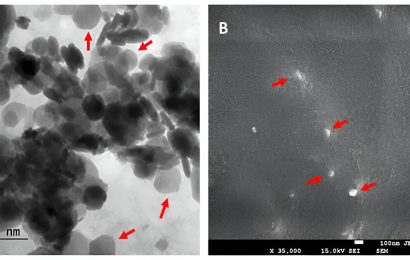
People living in rural areas are less likely to get the most advanced treatments for stroke and are more likely to die in the hospital than those treated for stroke at hospitals in urban areas, according to new research published today in Stroke, a journal of the American Stroke Association, a division of the American Heart Association.
“There are so many challenges facing rural America right now—higher rates of chronic disease, poverty and joblessness—and cardiovascular and other health outcomes are much worse in rural areas. This study shines light on one area where changes in care, such as the introduction of telehealth or other programs, could really make a difference,” said Karen E. Joynt Maddox, M.D., M.P.H., senior author of the study and assistant professor of medicine at Washington University School of Medicine in St. Louis, Missouri.
Researchers examined national data on more than 790,000 adults (the majority over age 64, 53% female) hospitalized with stroke between 2012-2017, from the National Inpatient Sample (NIS) database, the largest publicly available, all-payer inpatient health care database in the U.S. Compared with patients living in urban areas, stroke patients treated at rural hospitals were:
- about half as likely to receive clot-busting medication (such as intravenous alteplase) to treat clot-caused strokes;
- about one-third less likely to undergo a procedure (such as an endovascular thrombectomy) to remove a stroke-causing clot; and
- more likely to die of any type of stroke before leaving the hospital (6.87% vs 5.82%), with no improvement in the rural-urban disparity over the 5-year period.
“The magnitude of the differences in risk of death and the lack of improvement over time were striking. One would think that recent improvements in technology and in telehealth would mean that we could, as a system, deliver optimal care no matter where people live. That turns out to not yet be the case for stroke care,” Joynt Maddox said.
As well as their lack of access to advanced therapies, rural patients also had significantly lower rates of access to specialists.
“The lack of access to specialists is often a limiting factor in adequate care for rural stroke patients, and in this case, that could mean a neurologist to guide the initial care, an interventional neurologist or radiologist to do a procedure, or having a neurosurgeon available for backup in case of any complications,” said Gmerice Hammond, M.D., M.P.H., first author of the study and a cardiology fellow at Washington University School of Medicine in St. Louis, Missouri. “Clinicians need to work to improve access to high-quality stroke care for individuals in rural areas. That means partnerships between hospitals for rapid transfer, as well as telehealth when appropriate. And clinical leaders and policymakers should prioritize improving access, care and outcomes for stroke in rural communities.”
Meanwhile, residents in rural areas can take steps to protect themselves. “Be aware of signs and symptoms of stroke, and seek care urgently if any symptoms develop. To the extent possible, be as aggressive as you can with preventive efforts like blood pressure control. The best way to survive a stroke is to not have one in the first place,” Hammond said.
According to the American Stroke Association, the most common symptoms of stroke are known as F.A.S.T., face drooping, arm weakness, speech and time to call 9-1-1. Bystanders should call 911 for immediate help even if the symptoms go away.
The study was limited in not having information on the severity of stroke or on factors that determine who is eligible for advanced therapies (such as the size of clot, where it is located, and the length of time between the onset of stroke and the patient arriving at the hospital).
Source: Read Full Article


